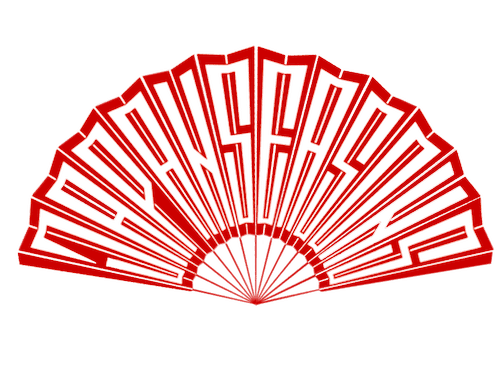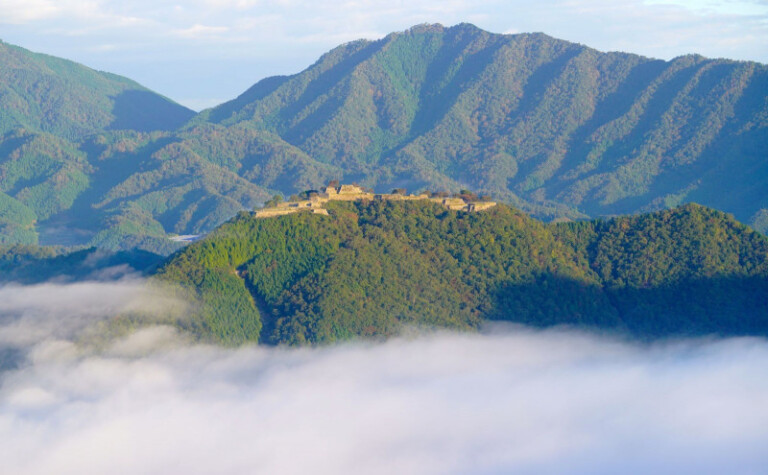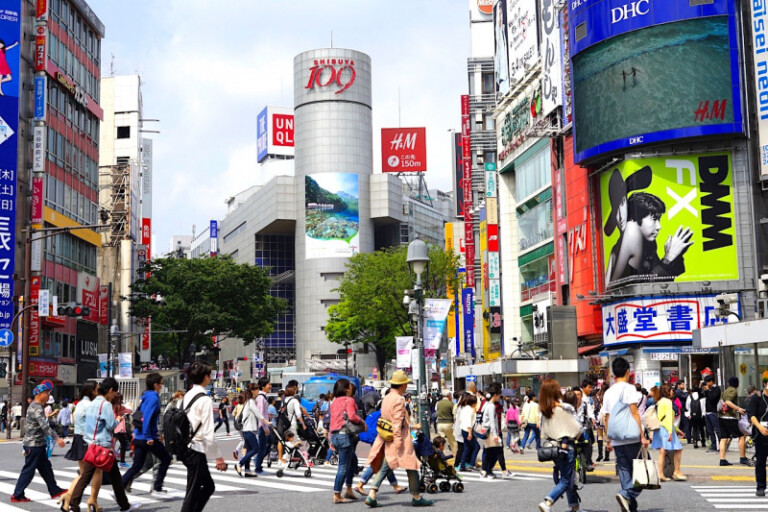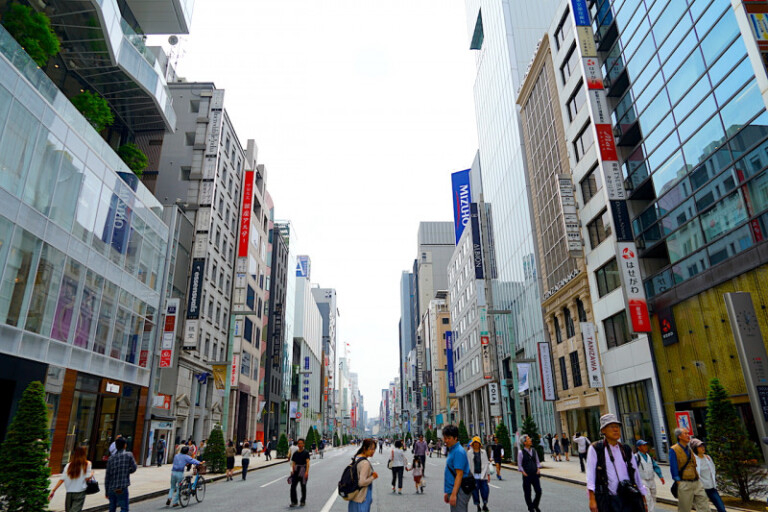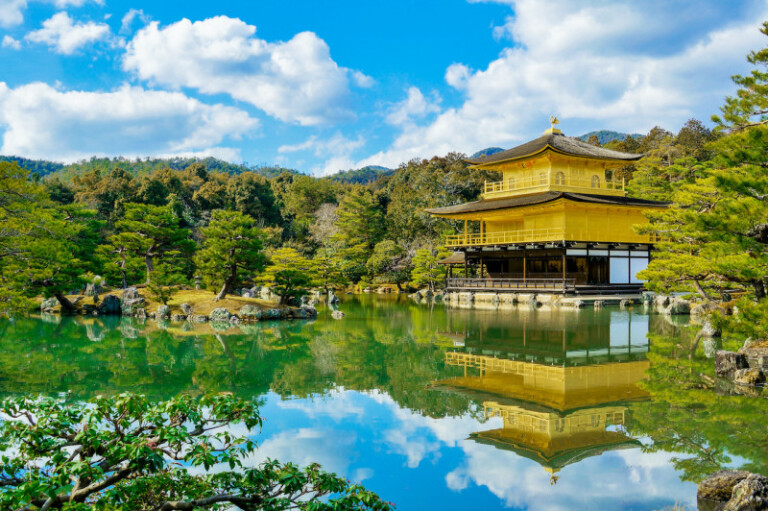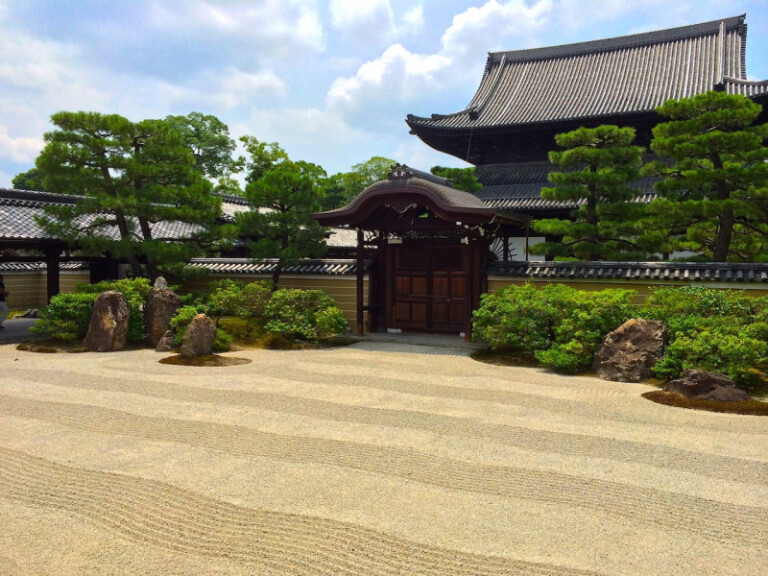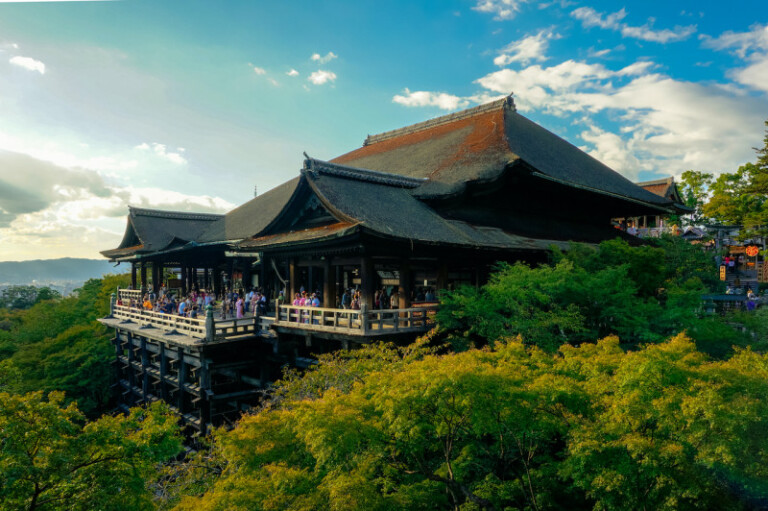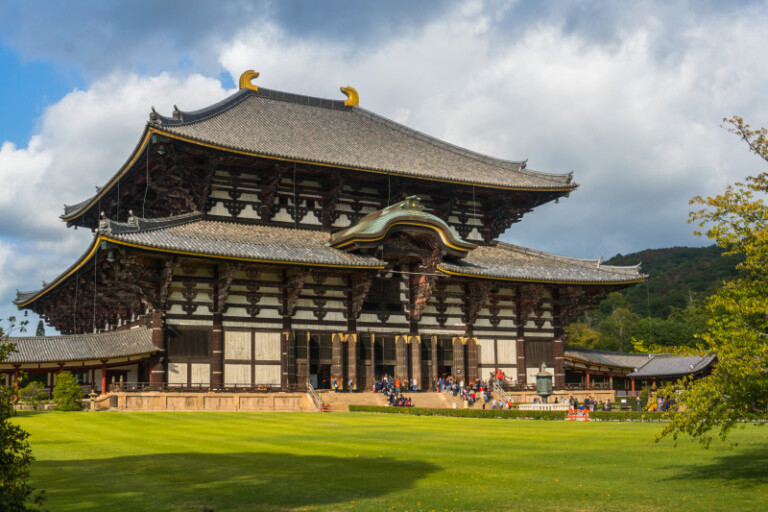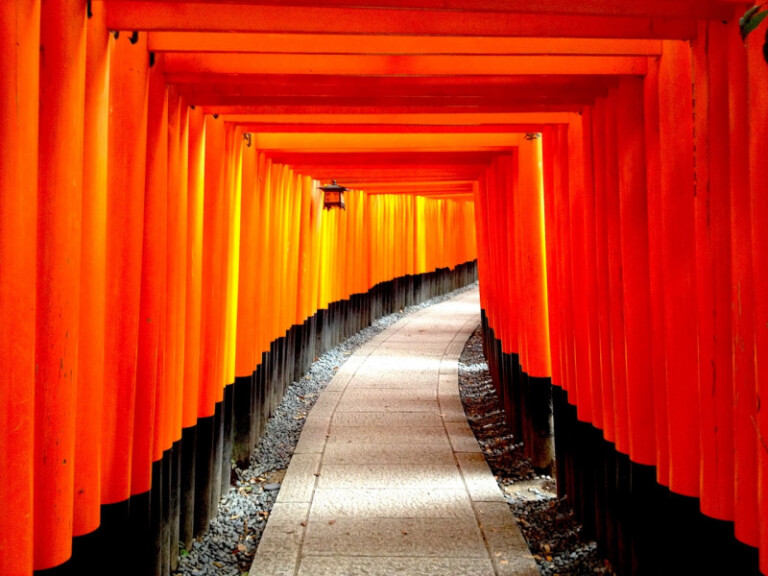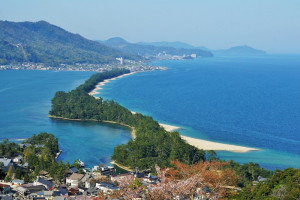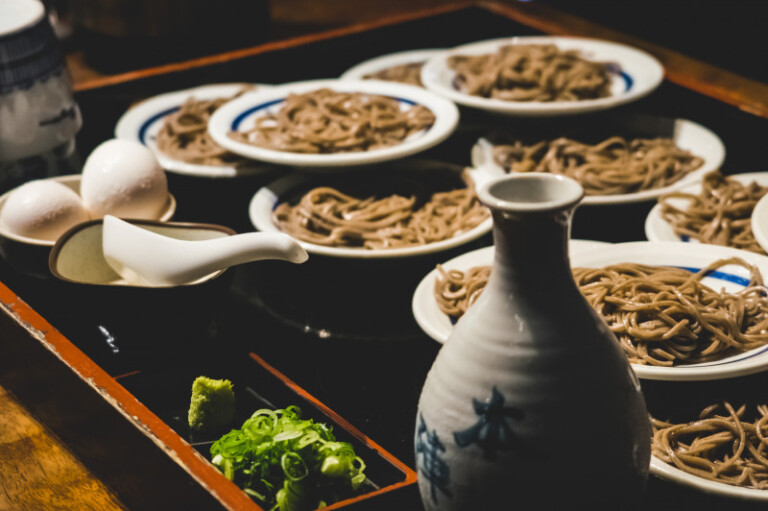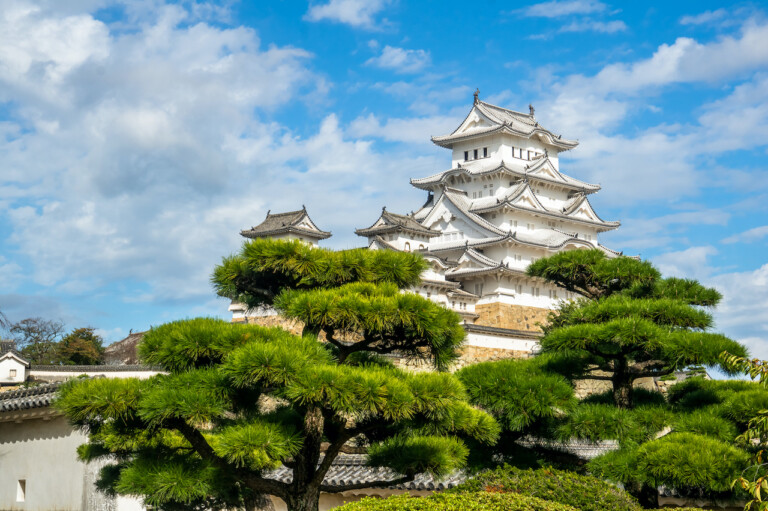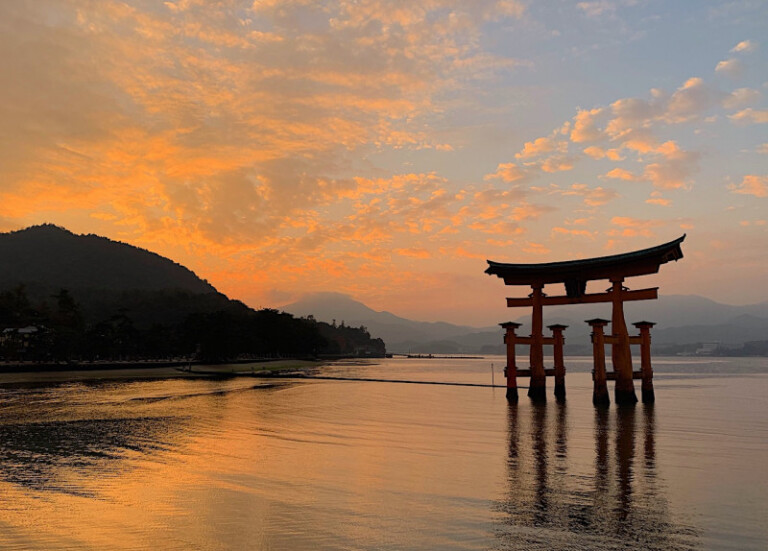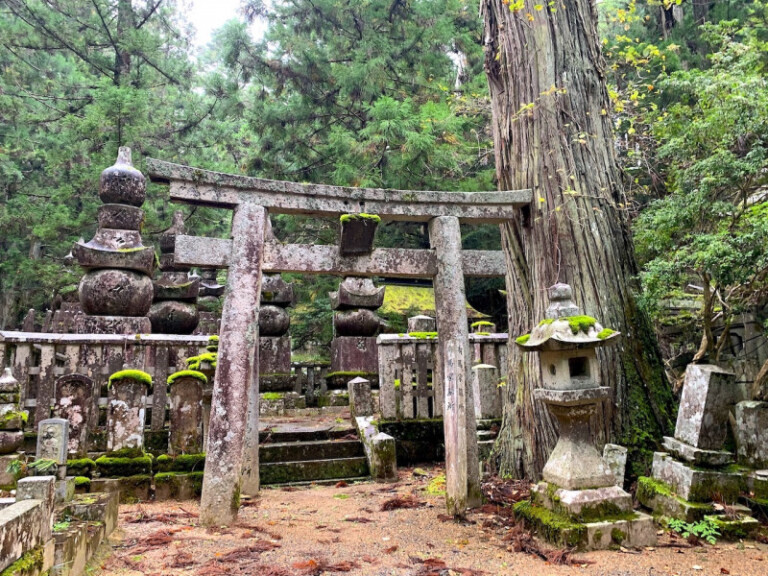Shibuya scramble crossing is one of the busiest crossings in Tokyo. The green light comes on from four directions at once, and several hundred people (during peak hours, the number can reach 1,000) rush simultaneously in all directions, managing to dodge each other with ease built up over the years.
For its picturesque yet orderly crowds, the crossing is beloved by filmmakers, and people worldwide are familiar with it from TV series, movies, and commercial videos. The best spot to watch the hypnotic flow of people is the Starbucks coffee shop on the 2nd floor of the building on the north side of the crossing.
There is also a statue of the faithful dog Hachiko near Shibuya Station, where he used to meet his master, a professor at Tokyo University, every day. After the professor’s sudden death, the dog came to the station every day for nine years, waiting for his master to return. Hachiko became the symbol of loyalty.
